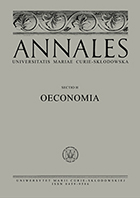
Alternative virtual curriences
Alternatywne waluty wirtualne
Keywords: virtual currency;bitcoin
More...
Keywords: virtual currency;bitcoin
More...
Keywords: stock exchange;integration;Islamic countries
More...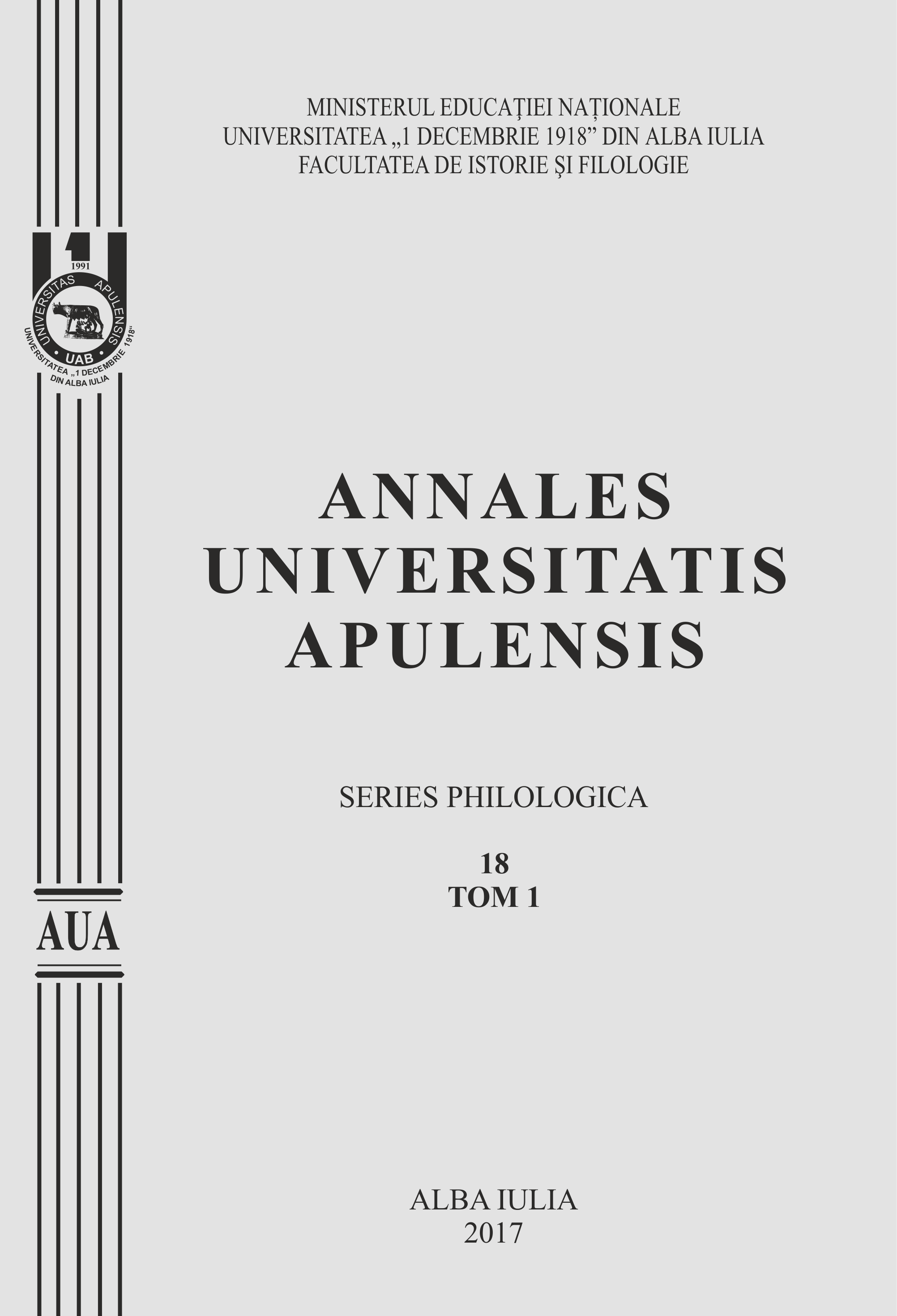
Keywords: adverbs; linguistics; classes of adverbs; generative transformational grammar
The paper roughly presents several significant characteristics of adverbs from the perspective of generative transformational grammar. It is not meant as a thorough investigation of adverbs, but rather as a discussion of some issues which serve the purpose of the present study. Therefore, the paper analyses and classifies adverbs into several distinct classes, primarily based on interpretative criteria.
More...
Keywords: pragmatics; conversational implicature; maxims of conversation; commercials
The present paper aims atdevising a pragmatic analysis of some representative slogans and their mottoes used by some brands in order to increase the consumer’s interest. We are going to direct our attention to some of the most successful and valuable brands in the world.It turns that this theme is one of a great importance due to the increase of sales in some domains. An important factor in the sale process is the advertising campaign. In the last decade the technology has become an important tool in every activity, so the advertising has been improved by the use of technology, the campaigns nowadays are full of characters that are made with the help of the computers, so the products they are promoting are more attractive because they use a lot of means of promotion.
More...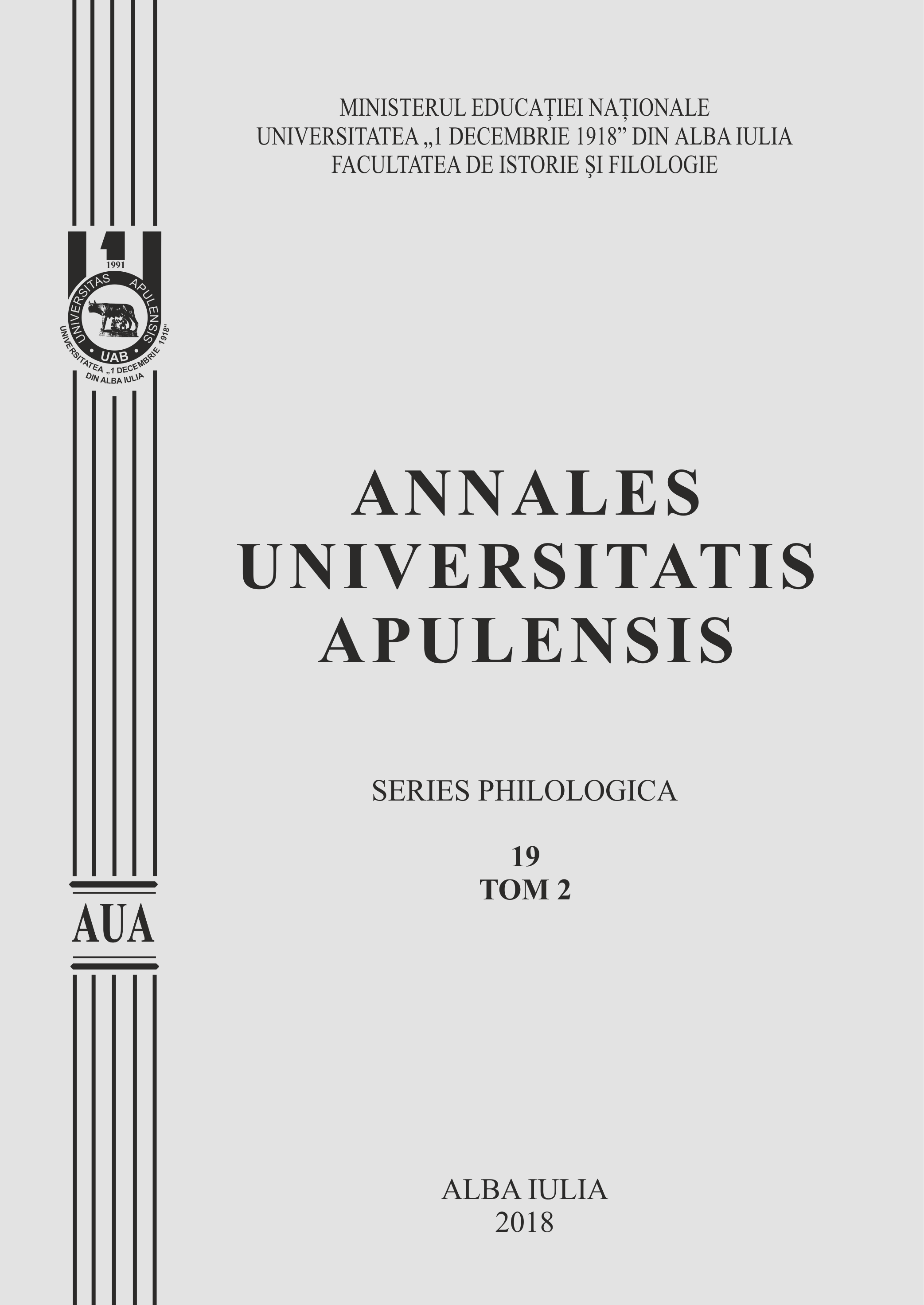
Keywords: art; values; aesthetics; metaphysics;
The present paper presents the study of the aesthetic structures and values as they are analyzed in Lucian Blaga’s paper „Art and Value” The third volume of the „Trilogy of Values”, that represents the course of History of Culture held by the author at University of Cluj in 1938, and which deals with the issues of aesthetics in a metaphysic vision, in the horizon of mystery and by means of abyssal categories. This dual approach of aesthetics based on two horizons, that of the actual world, and that of mystery, represents Blaga’s innovation, this approach being ignored before. From the themes subject to this approach we can distinguish: the polar values, the accessory values, the tertiary values, arts and genders, the ethnic, Art, Mythology or the metaphysics of values.
More...
Keywords: Humanism; classical ideal; contemporary literature; the relationship between writer and culture; ideas of national unity in the last century;
Our paper aims at mirroring the writer’s moral and social condition in the last century from a political, historical and ideological background. Therefore, we intended to analyze Zoe Dumitrescu-Bușulenga’s articles published in the most important Romanian cultural journals after 1950 under the specific sign of the proletarian literature which focuses, especially, on “encapsulating” the idea of a National literature into an Universal literature.
More...
Keywords: Romanian society; anxieties; willingness; soul; reality;
Contemporary with the political events that took place on Romanian territory at the beginning of the 20th century, major events of vital importance in the evolution of the Romanian nation, Ion Agarbiceanu, cultural personality established by his contributions to "Astra" and "The Romanian Writers' Society", militates in favour of the accomplishment of the secular national ideal through his publications. His academic and political experience helps him understand and involve in the difficult moments in the country's destiny. Endowed with a special creative energy he creates an ample "chronicle" of Romanian contemporary society at the beginning of the century. The trilogy "Times and People. New World (1943, the first two books "Home" and "On Roads" had been censored), brought down to a single volume, was published during his refuge in Sibiu, when the Writer withdrew for a period from public life, period appreciated later on by literary critics for the writer's important writings. The common element of these writings is the beginning of the narrative thread that stands under the dome of the Union. The realities of the epoch were rendered with sobriety, with the awareness and willingness to convey the anxieties of society, even if sometimes they were not wrapped in "art transfiguration" but resignation. Rich in ongoing events, the texts of this trilogy sustain "the historical" through the power of generalization, and the confrontations in the political world are often pointed out by emphasizing their errors and consequences on social and ethical levels, specifying the Transylvanian environment, through different aspects of the Romanian soul and love for people. The striking character is sustained by the immediate reality emphasized by the writer, by the abundance of details to the detriment of subtlety, of heavy narration and psychological analysis. It can be regarded as an anticipation of modernism in prose, materialized in the diminishing of harmony and musicality of the text, rendering his characters' " rhythm of the soul movement".
More...
Keywords: the novel’s architecture; literary space; Gabriel García Márquez; modern literature; literary technique;
Gabriel García Márquez (March 6, 1927 - April 17, 2014) is one of the most admired and prominent Latin American novelist of all times. His prose represents the valences of the concept of magical realism, an increasingly popular trend in universal literature, from the end of the 20th century until today. His masterpiece, the novel “One Hundred Years of Solitude", is considered to be the most successful magical realistic text ever written, the quintessence of magical realism understood as a sum of the semantics of both opposite terms of realism and magic, the coexistence of the real and the mythical.Descendant of an extremely rich literary tradition, García Márquez has the supreme skill of implementing the established models and traditions of a mythological specific literature into the complex universal literature. Here is another example of revaluation and reinterpretation of the history of a people, in this case the Latin American people, which can and become a fictional reality. This cycle of history - fiction / fiction - history is actually the foundation of magical realism so common in Latin American literature. The local color is given in this space by the way man perceives the supernatural - as an essential part of everyday life, these people perceiving the everyday reality differently, the universe itself being different in these parts of the world. That is why the specificity of Latin American literature lies exclusively in this sensibility of perceiving and coexisting with the supernatural. In no other literature, the fabulous is not annexed to everyday reality as is the case with Latin American literature. GarcíaMárquez vibrates fully with this perspective on reality, managing to transmit it and even create it in the fictional space.His first writings, including Leaf Storm (1955), and No One Writes to the Colonel (1961), The Evil Hour (1961), Big Mama's Funerals (1962), including the stories from The Incredible and Sad Tale of Innocent Eréndira and Her Heartless Grandmother (1972), represent echoes of the fictional realm Macondo, similar to the space created by Faulkner, both in terms of structure and in terms of its profound meanings. GarcíaMárquez is particularly noteworthy by creating briefly detailed and brief intrigues and by his narratives in the style of South American literature inspired by Faulkner and Hemingway. Although seemingly complicated, GarcíaMárquez's narrative goes smoothly, combining the comic with the tragic, into a complex ensemble of both traditional and modern literary ways and techniques. His masterpiece, One Hundred years of solitude (1967), was considered by the International Spanish Language Congress (Cartagena, Colombia - 2007), the second opera of Spanish literature, after Don Quixote by Cervantes. Sold in about 30 million copies and translated into 35 languages, the novel, One Hundred Years of Solitude sums up both the traditional techniques of Hispanic literature, as well as those of modern literature.
More...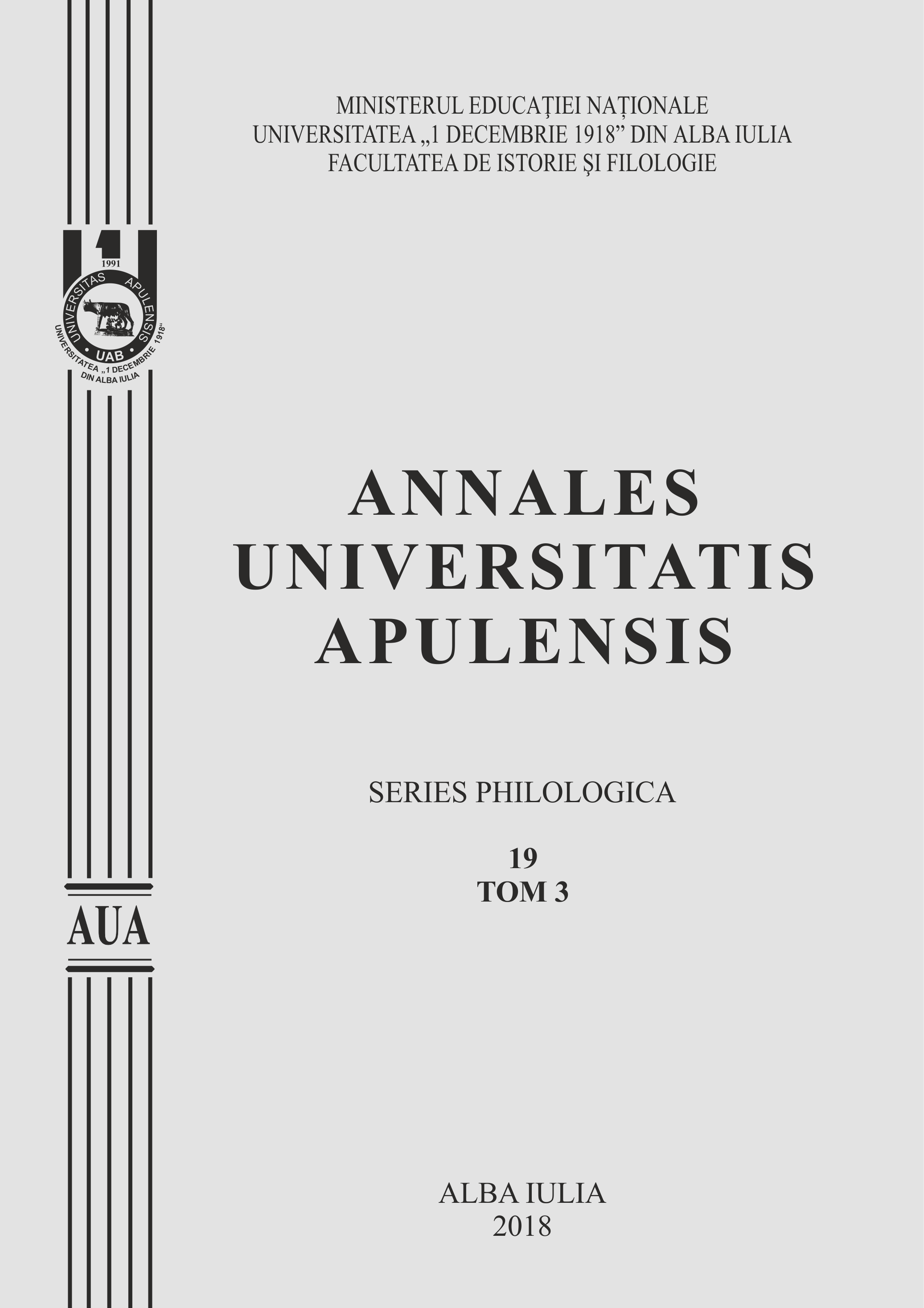
Keywords: Internet; universe of language; blog; environment; framework; reportage;
A new "universe of speech" according to the concept mentioned by Eugen Coseriu is known due to computer sciences and the Internet. The blog becomes an environment / framework for some of genres related to journalism.A numerical / digital genre that involves a real speaker, identified by a resume or a series of coordinates often extracted from physical, material life, the blog is a new discursive reality worthy of being taken into consideration in the current linguistics. This is characterized through a series of features that make us believe that it is part of a new way of conceiving communication, possibly only because of the Internet.Based on the analysis of several blogs we have consulted over three years, we will try to put forward some conclusions regarding a possible affinity to the media discourse. The blogger undergoes, on the one hand, a kind of training in the journalistic style, but with characteristics specific to the universe of speech in which it manifests itself (the Internet).The blog, as an online communication tool, is a framework in which discursive voices are always multiple, paradigmatically in particular, addressing or being influenced by one or more readers-users-interlocutors. They can become active in the digital space, intervening to engage with a blogger and / or other interlocutor -users-readers.Some of the genres identified in the space of blogs consulted in our doctoral research are: travel chronology, reportage, intimate journal, interview etc.
More...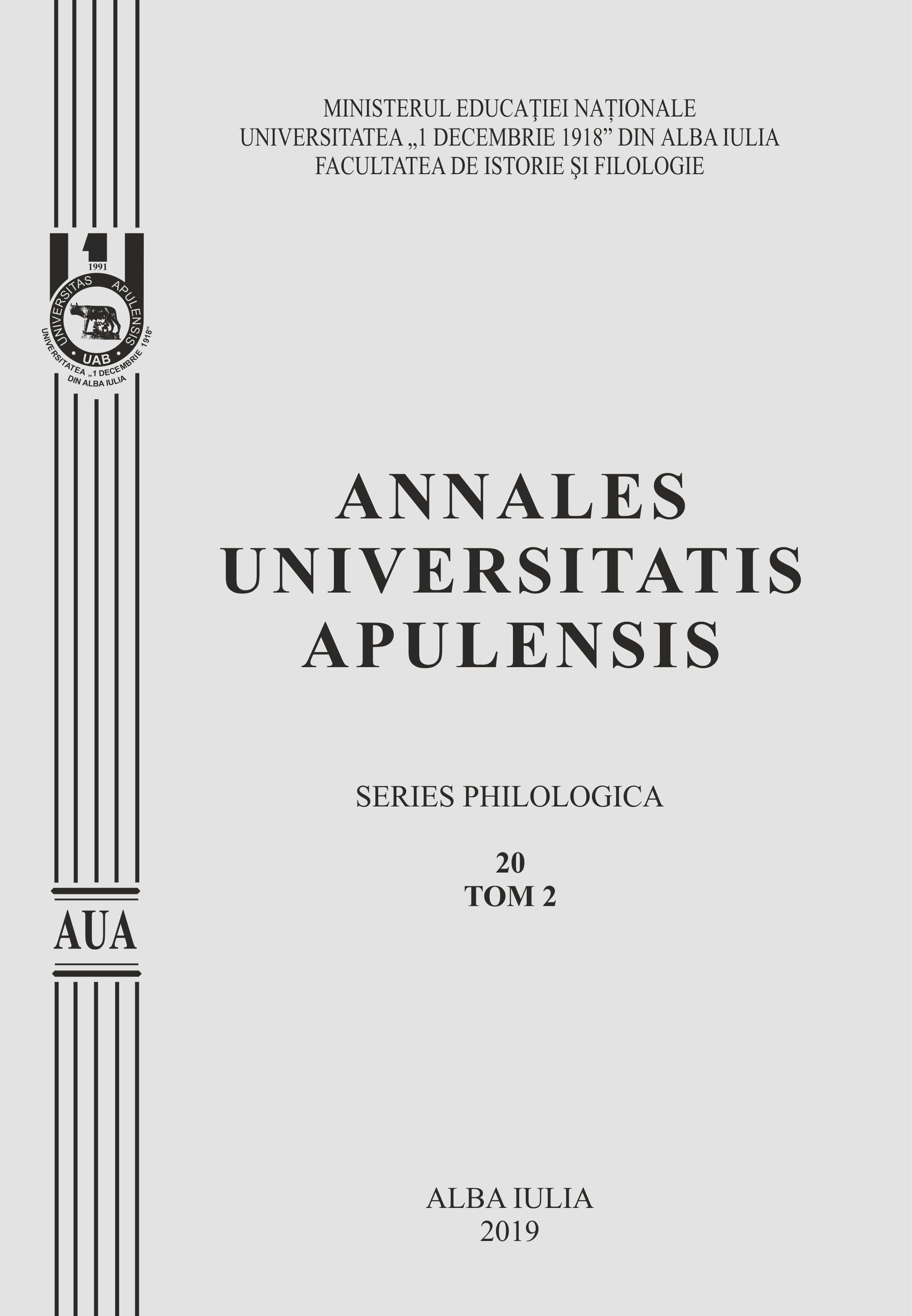
Keywords: Diachony; Change; Dynamics; Continuity; Culture; Language; Evolution;
Language is subjected to a double definition process: by the static reality characteristic of the system, due to inertia to change, and by its permanent character regarding the language acts producing, through speaking. Because it is under the pressure of concrete communicative needs, a language is subjected to a continuous dynamics assuring the language progress or regress, both aspects, together with neutral modifications, actually meaning, in the Darwinist perspective, the language evolution. My approach, thus, comes with a necessary conceptual delimitation between the language evolution and progress, on the one hand, but also between causes which determine the evolution and the evolution in itself, as a process. On the other hand, as language and culture are in a relationship of interdependence and language cannot function outside the cultural context than as an abstract language, the dynamics of the language displayed in texts becomes equally a dynamic of culture, because, just like the part determines the specificity of the whole, being not different from it, the whole shapes and remodels component parts in the sense of its own characteristics. If language is perceived diachronically in its dynamics, and must be perceived as such, culture must also be given the attribute of dynamics in the diachronic, because language and culture are reciprocal tributes, the first finding in culture the context of manifestation and the latter manifesting in the culture, mostly through language. Moreover, as in language is manifested the tension that generates the election and change between tradition and innovation, tension predominantly directed towards a still ever-relative equilibrium, so the culture is in a permanent pendulum between what is manifested, manifests itself creatively and will manifest. From this point of view, the diachronic perspective on cultural existence is as natural as the diachronic perspective on the existence of the language, the two intersecting, overlapping, sometimes substituting each other, influencing each other and forming, together, the spiral of the DNA of the spiritual existence of humanity from its beginnings.
More...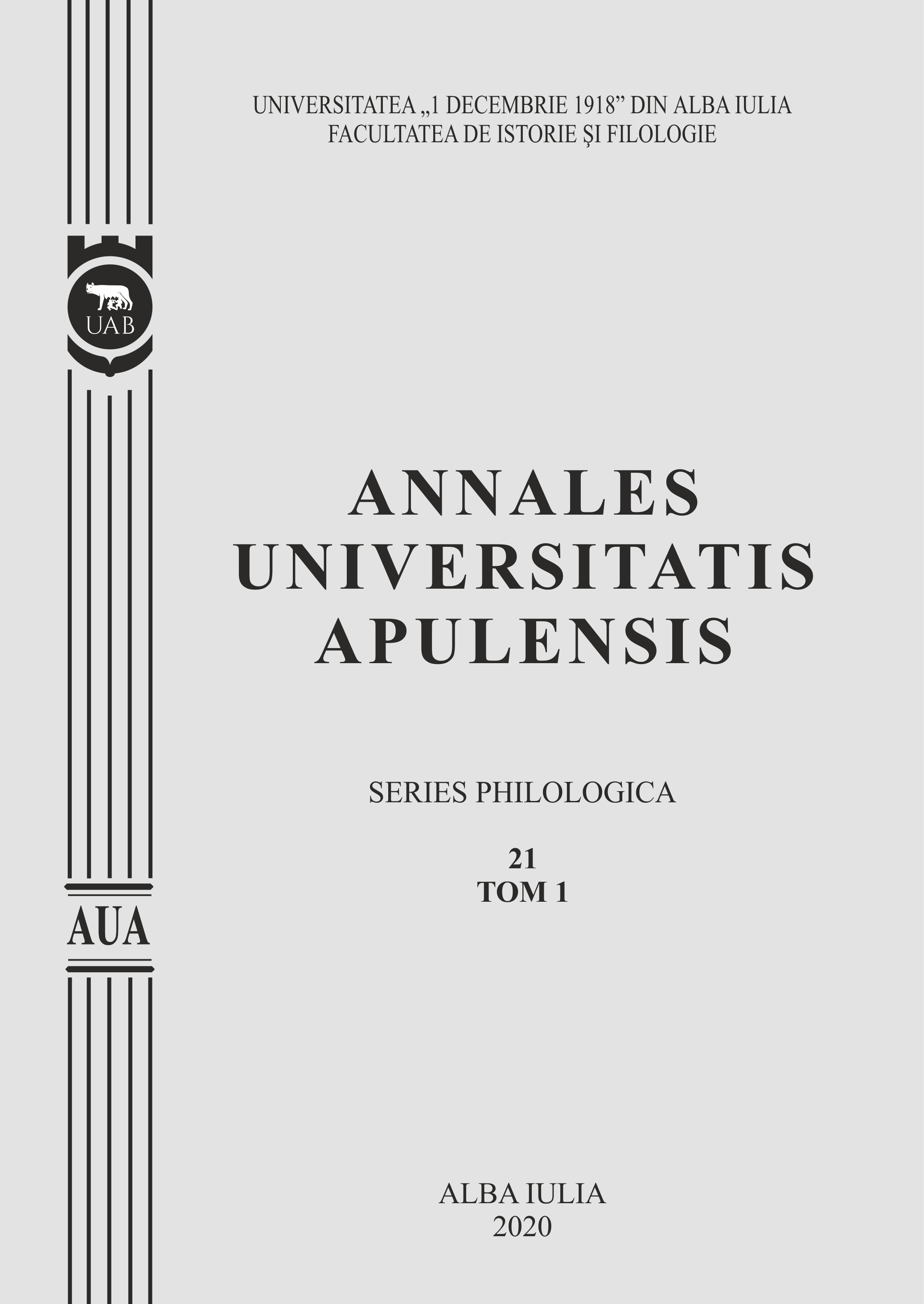
Keywords: children's crusade; myth; legend; metaphor;
A strange and relatively little known event in Middle Ages history is that which is called "the children's crusade". According to many historians, this event took place in reality, even though there are voices pleading for myth or legend. There are many sources with complex information, not always convergent, and, for this reason, it is useful to look deeper in the area of historiography in order to configure the necessary frame in the process of analysing an impressive number of fictional texts. The products of this process of fictionalisation have been spread geographically in an interesting manner, and in different artistic forms: fiction, visual arts, music, film, etc., addressing to many generations of receivers as well as to different tastes and preoccupations, sometimes in a commercial way. Approaching as many fictional products generated by the above mentioned nucleus will help us understand the way this historical fact turned to metaphor.
More...
Keywords: identity; transformation; trauma; self-distruction; victim; culpability;
The narrative universe of Camelia Cavadia recreates contemporary realities adapted to the social and relational context, including them in a built corpus based on literary fiction. Edified through torturous truths the novels compose images perceived by the creative self, passing them using the prism of one’s own sensitivity. Springing from the area of traumatic sound experiences, aggression and guilt, the imaginary defines the observation of human psychology in the hypostases of suffering, uncertainty, fear and the management of the underground space conceived in the characters’ souls.The narrative figment describes the area of the identities of children which is in a state of transformation or decomposition as a result of the relationship with adult otherness, or with adult in extreme, decisive and anxious situations. The adult contingency with childhood produces successive moves in the order of child’s identity, while the adult’s destinies are transformed by the decision-making power, every time directed towards chaos and self-destruction.In the intimacy of a life located in a traumatic environment, the child or the young man cannot direct their identity and ends up turning it into one dictated by parents or the group to which they belong. Being born in a given social structure, the child is identified with significant people, like parents, and the reality mediated through their prism becomes, in the child’s identity, one imposed and modified in relation to the life experience of the respective people. The formation of self-identity takes place in the process of interaction between the growing individual and others.In Măștile fricii and Purgatoriul îngerilor characters’ identities are gradually created by contextual relation with the experienced trauma, but in Vina, the identity being, even is victim or causative individual, feels the transformation occurring from the decisional power of the overworked man. When tragedy nests in the bosom of the family, the inner change takes place in every member’s personality. It leads the family unit to division, loss of identity and morbid desire for loneliness. The action of all the novels is built in contrast to the reliogisity of the main character’s name. The imaginary contains overturned elements of the idea of divinity. Character’s destiny builds an antinomic relationship with their holy names, leading each person and infant to desolation and thanatic suffering. In Purgatoriul îngerilor each child’s identity is dictated by the unique power of the titanic ruler, manifested by imposition of a new name.The presence of symbolism of the torture instruments, the lost objects and the transgenerational trauma plays the role of the adjuvant elements in the establishments of the anxiety.
More...
Keywords: Codru area; ethnographic delimitation; speech; idiom;
This study represents an overview of the preliminary dialectal research of the Codru area, a Romanian zone that overlaps, from geographical and administrative point of view, over three counties: Satu Mare, Maramureș and Sălaj.The ethnographic delimitation of this space will be followed throughout the survey, by questions addressed to the inhabitants, regarding their belonging or the affiliation of other inhabitants from the neighboring villages to the Codru area.We found out that this mental space has some specific folkloric features: the speech/the idiom, the approaching or the distance from Făget ridge, the peculiarities of the popular ports, the presence of famous wooden barns decorated with traditional motifs, customs, traditions, superstitions. The speech is an important and representative element of the identity of these people. Thus, the purpose of this study is to highlight some linguistic features that we observed during the dialectal survey.The aspects presented in this article represent some landmarks and examples; they are the most obvious and specific language facts that we have found out, but we intend that all the research we have started to be complex, original and innovative, to bring a contribution in Romanian dialectology.
More...
Keywords: functional analphabetism, competence of literacy; motivation; lack of competence; less competent; living words;
The incapacity to comprehend the written text, to make connections with previous information, to formulate points of view about what was read and to transfer the information from the text into real life is referred to as functional analphabetism. For functional analphabets, mother tongue is, from one point on, "foreign". This is the reason why I used descriptors from the Common European Framework of Reference for Languages in the aim of offering a didactic perspective on the competence of communication. For solving this problem, this deficiency in relation to the text in mother tongue, the Romanian language and literature teacher can utilize a new, very well made curriculum (2017). Beside this instrument, the psychological perspective on motivation and its necessity can be helpful.I correlated the state of acompetență(lack of competence) - a term created by myself in this context, along with the derived adjective: acompetent (less competent) - of the pupil and the capacity to interpret poetry. Between the two extremes, the steps to be taken in order to exit acompetența are pointed out by the curriculum applied by the teacher in the activity with the students. I identified several deficiencies observed during assistance to classes of Romanian language and literature. I attributed them, partially, to the haste of the teachers of covering the manual under the pressure of national evaluations. I mentioned the benefits of the access to the universe of logos, the force of living words as illustrated by the orphic myth.
More...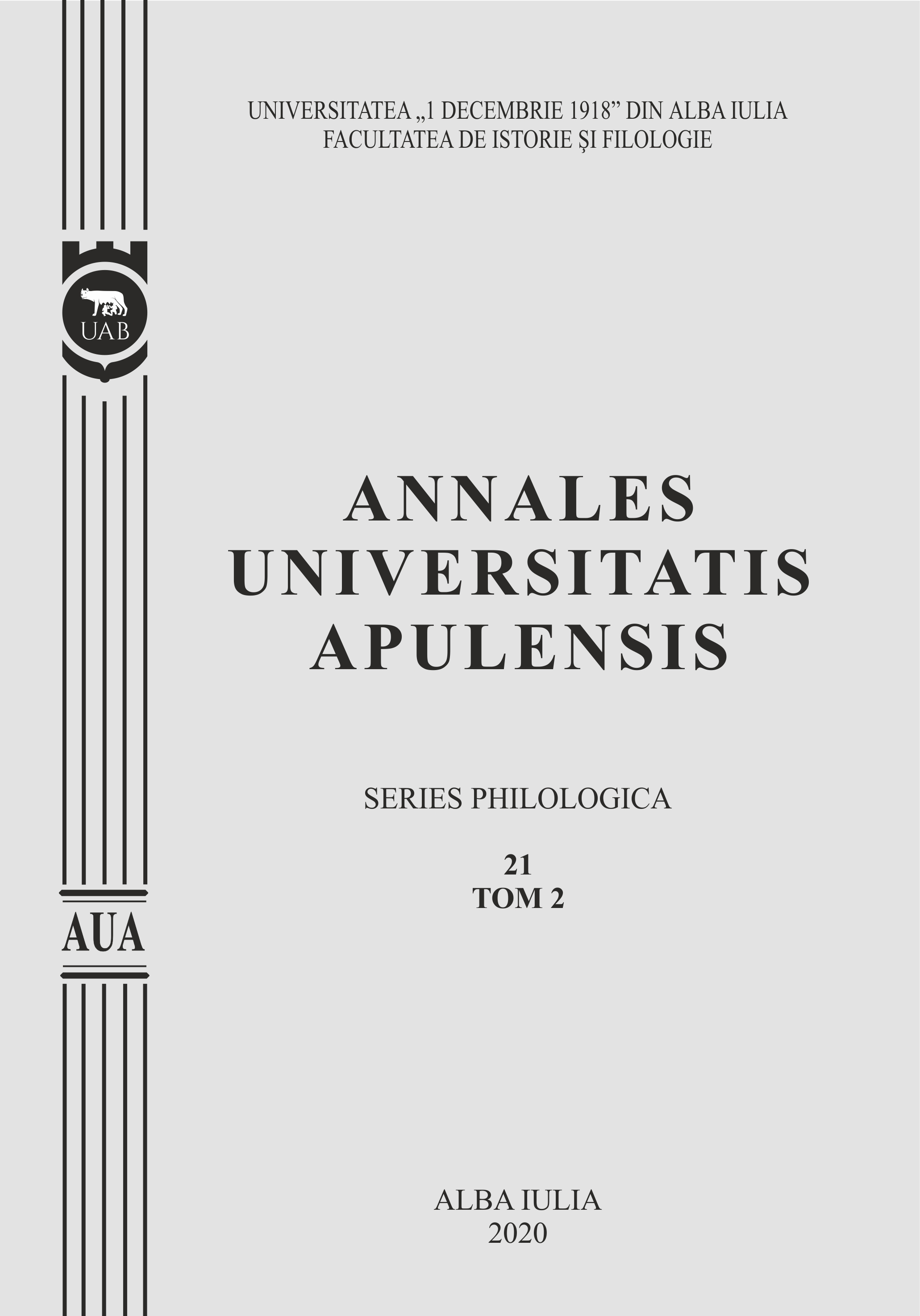
Keywords: Romanian language; COVID; derivation; composition; borrowing; lexical dynamics; creativity in language;
In his study, the author aims to discover the creation modality of the lexical family of the COVID term, in current Romanian language, which seeped from medical language in both literary and popular language, since the pandemic breakout. After a short presentation of certain aspects related to medical terminology and common meanings of the discussed term, the linguist seeks the external and internal methods of vocabulary enrichment, to which there can be added the borrowing and, eventually, the linguistic calque, both involved in the creation of this unique lexical family. Despite its recent appearance, as derivative base, COVID made possible, in the Romanian language, the creation of a lexical family with multiple members. Even if many of the lexical unities are ephemeral or coincidental, frequently painted in a stylistic and ironic way, they must be reported, because all of them illustrate the internal dynamics and creativity.
More...
Keywords: theory and practice of translation; practical problems of translation; literal translation; free translation; source text' context;
Marianne Lederer's book is a theoretical and practical landmark for us. By combining theory with practical examples, the author manages to offer readers ways for a better understandingand fixation of different aspects of translation. The book also offers openness to various other translation theorists quoted by the author. The present article contains our personal considerations regarding chapter 2 - practical problems of translation. The author's examples, we’ve used them in FFL class, supplemented with others, in Romanian, from our personal practical experience. We also encourage our Romanian students to come up with their own examples.
More...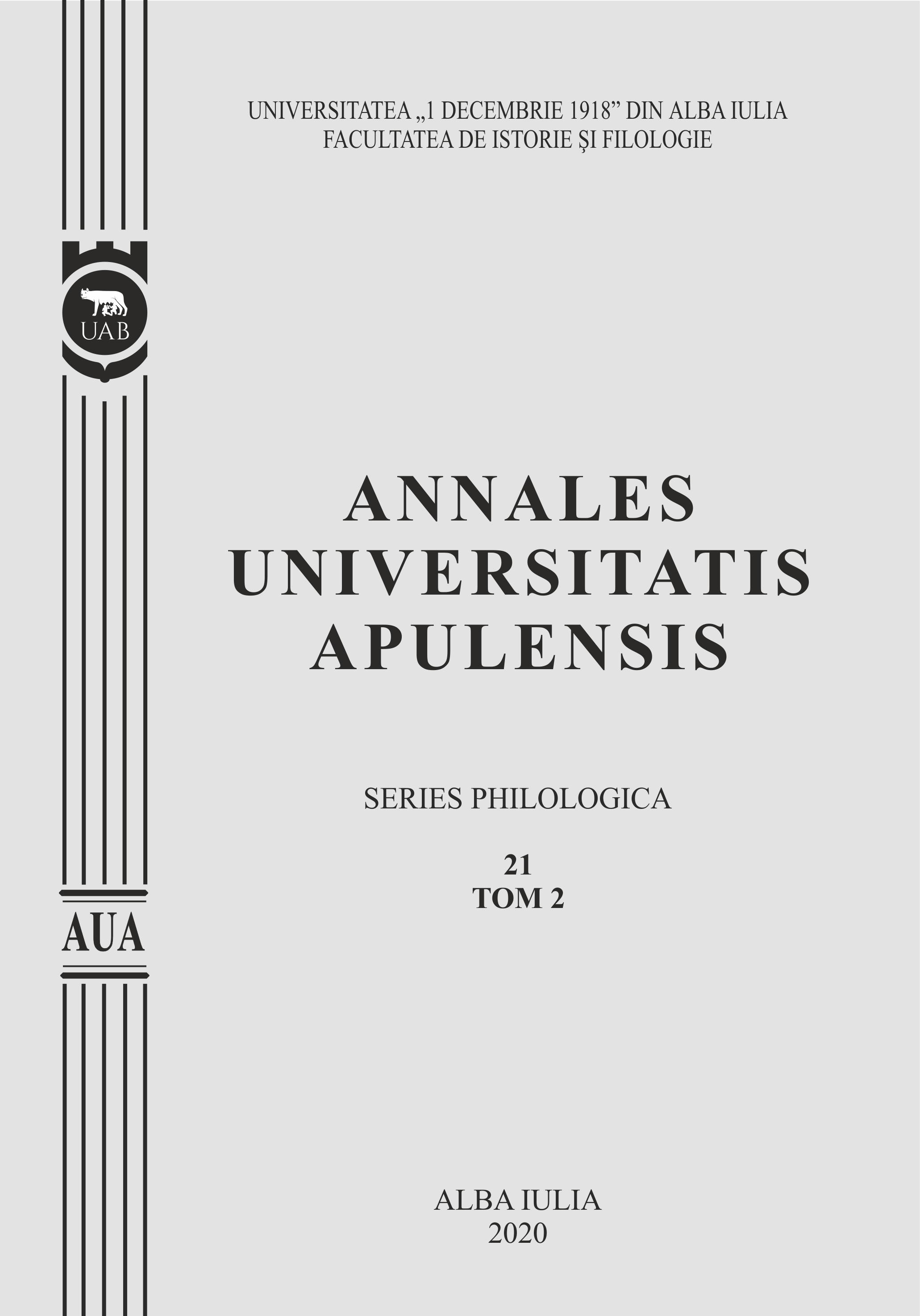
Keywords: virtual space; religious organizations; cultural communication; social media; COVID-19;
During the pandemic caused by the COVID-19 virus, religious institutions around the world were forced to use social media to continue missionary and pastoral work. The Romanian Orthodox Church began to be present in the virtual space and to use social networks at institutional level, since October 2015 through the launch of the Basilica Press Agency on social networks, and from March 2020, with the introduction of restrictive measures caused due to the health situation, the parishes within the Romanian Patriarchate have started to be more active on social networks and to broadcast online services in the virtual space. The statute for the organization and functioning of the Romanian Orthodox Church, mentions rules for the use of the virtual space by the clergy within the Romanian Patriarchate but also recommendations on how these networks should be used. The Holy Synod of the Romanian Orthodox Church recommended that the virtual space become a place where the Orthodox Church is the object of pastoral-missionary and social-cultural activities. Including the Monasteries of Mount Athos, a place considered traditional and conservative, are present in the virtual space, carrying out many activities on social media.The online synaxes organized by the monasteries of the Holy Mount Athos, were broadcast in Greece, Russia, the United States, Great Britain, Cyprus and Romania. Vatoped Monastery organized such synaxes that had as a topic of debate several topics in the fields of theology and psychology. These synaxes had specialist guests but also students or believers. Synaxes began to be transmitted during the pandemic to respond to current issues. These were watched by an average of over 20,000 people, being broadcast on social media channels. We are still living in a period of restrictions caused by the new pandemic and churches and religious institutions are very active on social networks, offering many believers an easy-to-access and easy-to-use way to stay in touch with their parishes and religious communities.
More...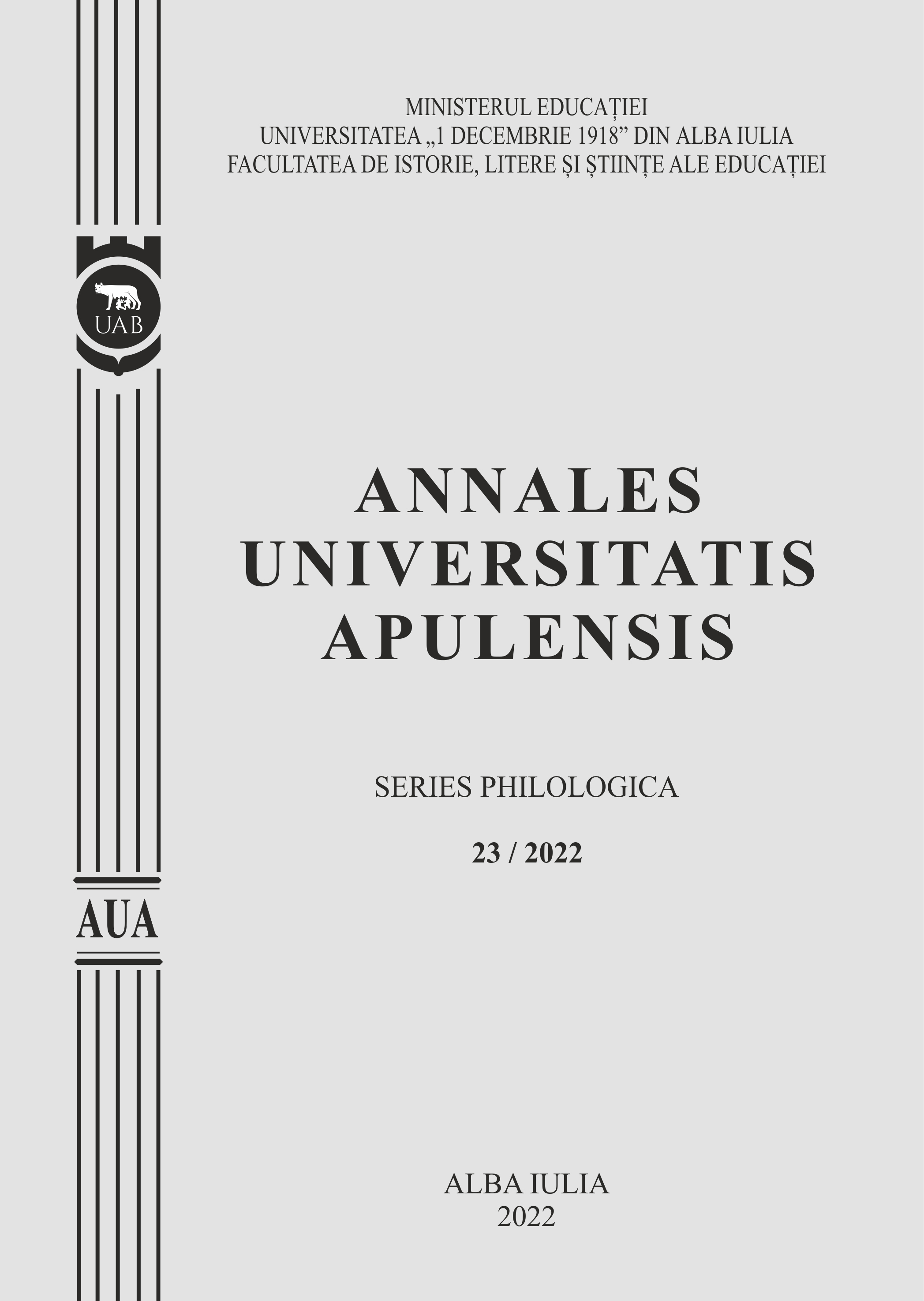
Keywords: holographic resurrection; Asia; entertainment; ethics; futures images;
The present paper is set to investigate the nowadays trend of the technological (holographic) resurrection of celebrities in entertainment industry. The main components of the paper are the inventory of signals in this direction and the ethical considerations. Moreover, we present four futures images, four alternate scenarios of the possible future development and implications of resurrecting celebrities for entertaining purposes. Starting from the nowadays “weak signals” we envisage, our scenarios investigate the extent the phenomenon might take in the nearest two decades. Several questions arise by doing so: What might be the consumers’ perspective on commercially using holograms of deceased celebrities? Is it ethical to commercially use the image of a dead artist and to bring it on the market? Does the possibly indefinite reuse of holograms alter the chances of having new faces in the field? Are we facing a possible gender-based bias? Are women-celebrities more prone to be “brought back”? We are trying to give account on the challenges and conditions in which this new phenomenon is taking place. The examples we selected to illustrate the scope of the paper are both tackling eastern and western perspectives.
More...
Keywords: dramatic conflict; Muslim refugees; reformulation process; national politics; anti-immigration discourse;
In this article, we intend to analyze a play written by Wajdi Mouawad, Ciels, from a linguistic perspective. We will focus on the manner in which it is built the conflict between the characters of the play. The concepts of tension and suspense will closely be analyzed, since they are essential for the dramatic interaction between the different characters created by Wajdi Mouawad. We pay special attention to the sequences related to religious wars, particularly the terrorist attacks that have recently been done in multiple European countries by extremist Islamists. More precisely, we identify the processes of reformulation that appear in various stages of the dramatic conflict, and we analyze their importance for the overall action of the play. After analyzing Ciels by Wajdi Mouawad, we redirect our attention to “the politics of emotion” that have been practiced by some European politicians who seem to reject Muslim refugees entering their countries. We specifically refer to the anti-Islam discourse of the Hungarian Prime Minister, Viktor Orbán. The ideas concerning the identification and description of auto- and hetero-reformulations are based on the theories of Gülich and Kotschi (1985, 1987, 1995), as well as on the theories of Kerbrat-Orecchioni (2005). As we already mentioned before, the reformulation sequences occupy an essential place in the discourses that we analyze and they need to be explained carefully and in detail in order to avoid any possible misunderstanding and/or misinterpretation of the dramatic or political situations that we describe in our research.
More...
Keywords: Romanian money; foreign currency; 19th century Romanian novel; linguistic analysis;
This paper is a study of terms that concern lexical fields approaching money in Ciocoii vechi și noi novel by Nicolae Filimon, a well-known Romanian novel from the 19th century. The main inquiry from this research was how money is conceptualized within the context of our approach of the novel according to the meaning of money identified in this novel. In order to find an answer, we conducted an analysis of money related terms. The data consists of all identified terms referring to money as the main field of interest. 17 terms referring to money have been identified. A lexical, morphological and semantic analysis of the terms was performed and the terms were grouped into two main etymological branches - 5 Romanian terms, and foreign branches - 12 terms from Turkish, Greek and German, and then classified according to the frequency of use. The most important and frequently used foreign currency, besides Romanian currency, are Turkey, Greece, and Germany, as identified and mentioned in the novel. This predominance reflects the money movement outlined by the characters description of setting or commerce products, and this is owing to the circulation of money and the international trade or abroad commerce, owing to political and cultural Phanariot influences in Wallachia, during the first decades of the 19th century. The present paper could be useful as a theoretical background of the relationship between language and culture in the context of Romanian literature from the 19th century, the researched lexemes mentioned here may be considered as approaches of linguistic analysis.
More...